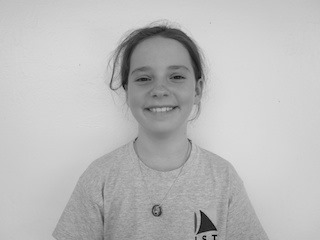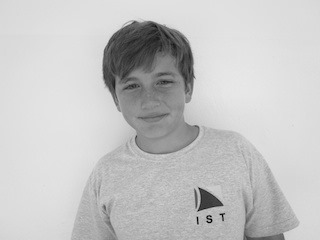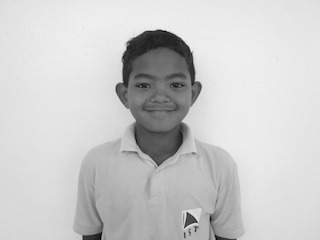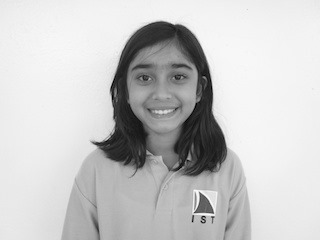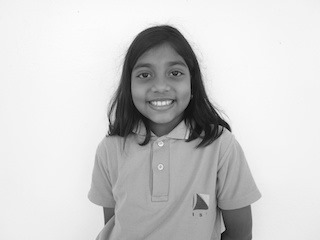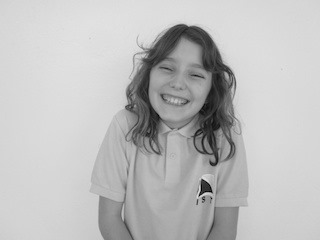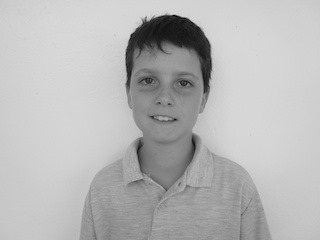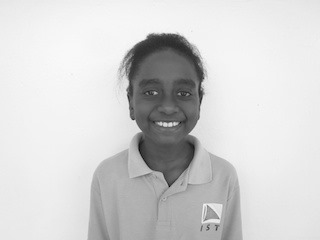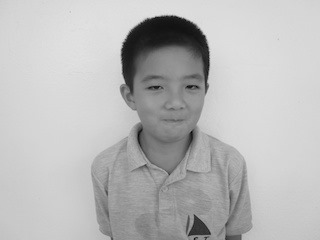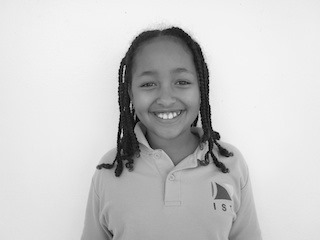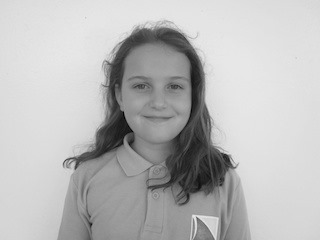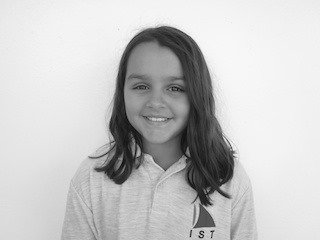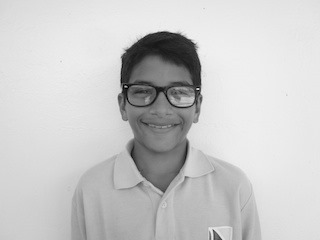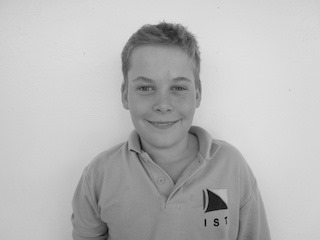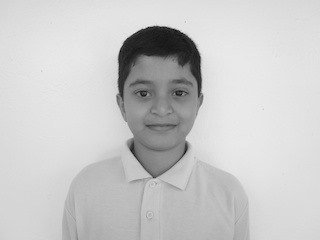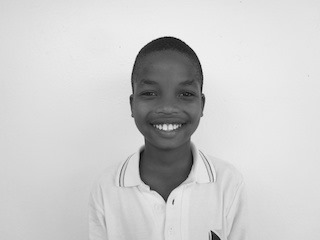Something exciting is brewing in Grade 4.
We’ve been invited to participate through Google Connected Classrooms in a Virtual Field Trip to meet, interview and learn from the pilots of the Solar Impulse, the world’s first plane to fly solely on solar power.
![]()
The timing couldn’t be better. We’re deep into our explorations of energy and electricity and a group of students have been enthusiastically exploring solar energy in terms of it’s form, it’s advantages, disadvantages and applications; as well as it’s function, how it works.
Next week a few members of the group will be involved in a trial connection with the Solar Impulse education team, ensuring that the technology to support our Virtual Field Trip is ready to roll. Over the week, the solar energy team will spend time learning about the project and developing questions for the pilots, in time for our meeting with them on Friday, April 11.
Have a look at the Connected Classrooms Hangout page, and find out how you can tune in to watch!
Watch this video and visit the Solar Impulse site to learn more about this amazing project.
Have a look at this recording of a past Hangout with a Solar Impulse Engineer to get a better understanding of what a Virtual Field Trip is all about.



